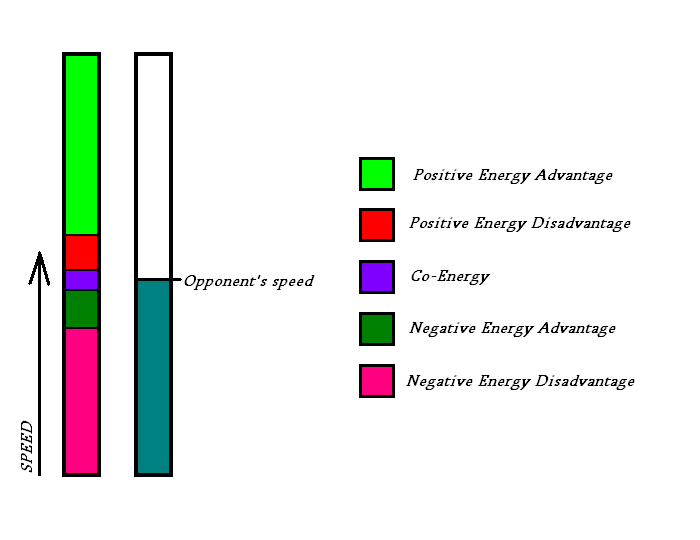Cool. Thanks for the detailed answer. I'd love to see the films.
I've personally been curious about this subject, because the double-immelman (as an E fighting move) doesn't seem to work well in duels. I've struggled to adapt to duels in AH, a result of my learning to "fly" years ago in Warbirds, where Energy is everything, because it was easier to lose and harder to regain than it is in AH and "getting to the top" with a smoother first/second merge was the way to win.
However AH seems to favor angles over energy in most cases, especially in equal plane, equal E-state merges like duels, because energy is more easily regained and kill-shots are far easier to make in AH, which is why someone lower E still has a chance to get a kill via the better angle.
That said, I'm not sure exactly what advantage "the bottom" gives you after a merge.
Perhaps I just haven't put it all together in practice yet.
Thanks again for the feedback.
<S>
Ryno

Let me try and explain the basic principle behind what I call a negative energy advantage. I don't know if this is a correct term or if there is another term for it.
From the above graphic:
Let us presume that the opponent's speed is
250mph. All speeds will be based on a fictional aircraft not in aceshigh.
We are also assuming that both pilots desire to achieve a firing solution or die trying. There will be no desire to exit the fight for either aircraft.
Pink - Negative Energy Disadvantage
<200mphThis means that you are too slow to pose any threat to the opponent. You will be attacked until conclusion or the circumstances change.
Dark Green - Negative Energy Advantage
200-235mphThis means you are slow enough to turn tighter than your opponent but also that you are fast enough to be in a vertical pursuit against the opponent. The difference between being too slow to pose a threat and being in vertical pursuit is that in vertical pursuit you are able to get your nose pointed at the enemy for a firing solution, or, at the very least, force your opponent to keep climbing out of reach. This negates the opponent's ability to turn back down and bring his guns onto you without first passing through your gunsite.
This position also puts you in the perfect stance to initiate a rolling scissors fight should the opponent manage to turn back down into you without either of you being shot. Rolling scissors are almost always won by the player at a negative energy advantage.
A negative energy advantage makes use of the single most important dimension in ACMs, the weapons strapped to the planes. You do not have to be the same speed as your opponent to kill them when you have a bunch of guns. You don't have to be able to run as fast as a gazelle to put a bullet through it. All you need do is get close enough to be in firing range. When two planes turn back into each other in order to fire the one at a negative energy advantage will always be first to guns on.
This is the dangerous playground of the most experienced pure duelling fighters in this game. The sticks who always beat you even though you started faster or higher. They could at anytime make the decision to play more tactically to ensure the same victory but the gamble of seeking the negative energy advantage is faster, more effective and far more satisfying and as such, more risky. When a negative energy advantage is gained and then utilized correctly you simply cannot lose.
Purple - Co-E
235-265mphA few mph either side make no odds. This is as equal as it gets. Hoping to achieve a Co-E position for the win is about as useful as jousting on the merge. 50-50 chances. Does not mean you won't win but it does mean you could lose.
Red - Positive Energy Disadvantage
265-300mpgThe opponent now has the negative energy advantage. Everything above now applies against you.
Light Green - Positive Energy Advantage
300mph+Reverse of the first back on you. What is true of the NEA is also true of the PEA. When a positive energy advantage is gained and then utilized correctly you simply cannot lose. However it is a lot easier to throw away a positive energy advantage because you are always predictable. You have to attack.
Either areas on the graph in shades of green are what any dueller is trying to achieve off the merge if they have any good sense about them. The important factor in your decision as to which is the merge E. If the merge is set for co-E then you are far better off aiming for a negative energy adv than a positive energy adv because the later replies on the opponent wasting E.